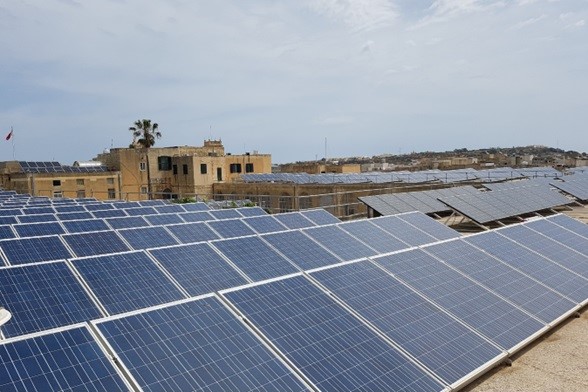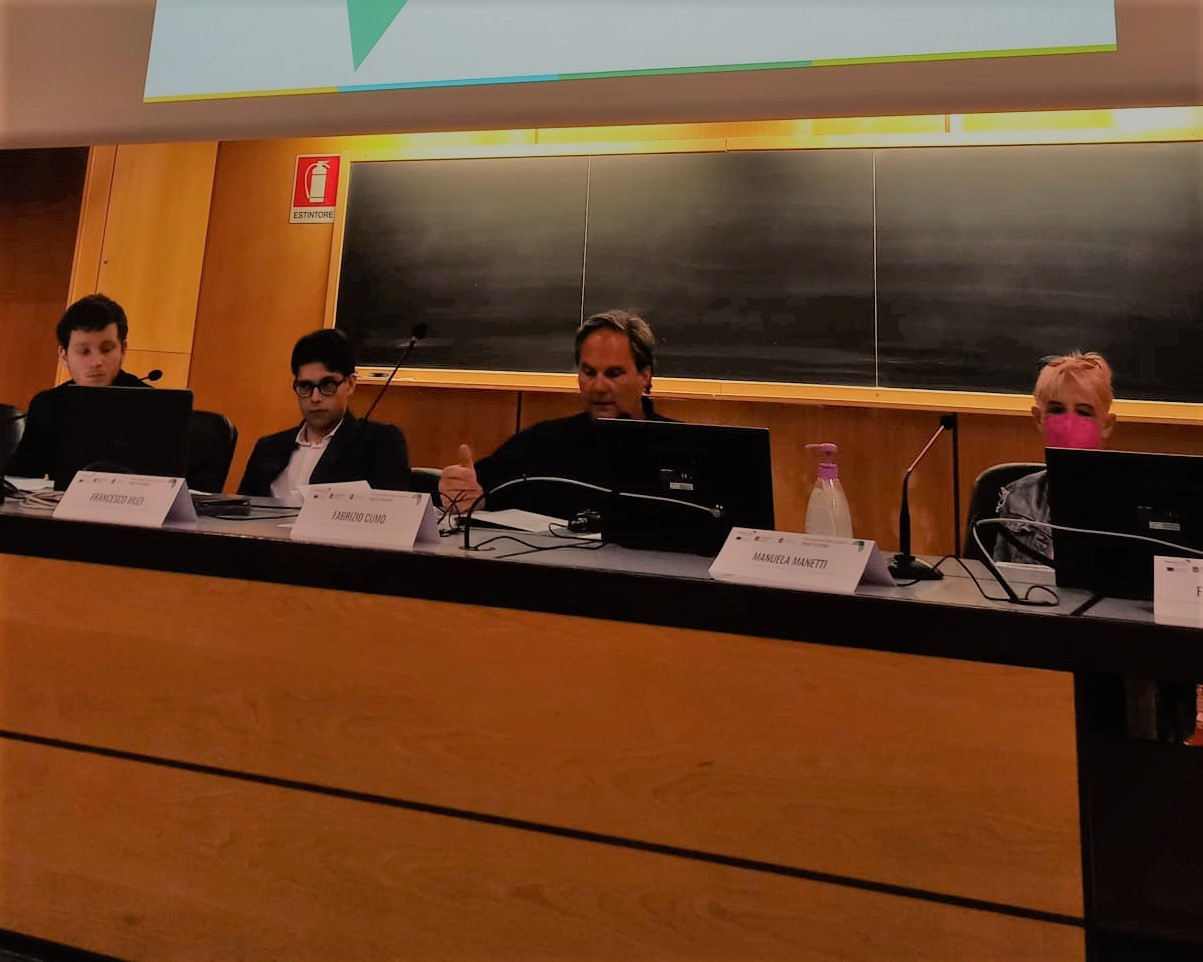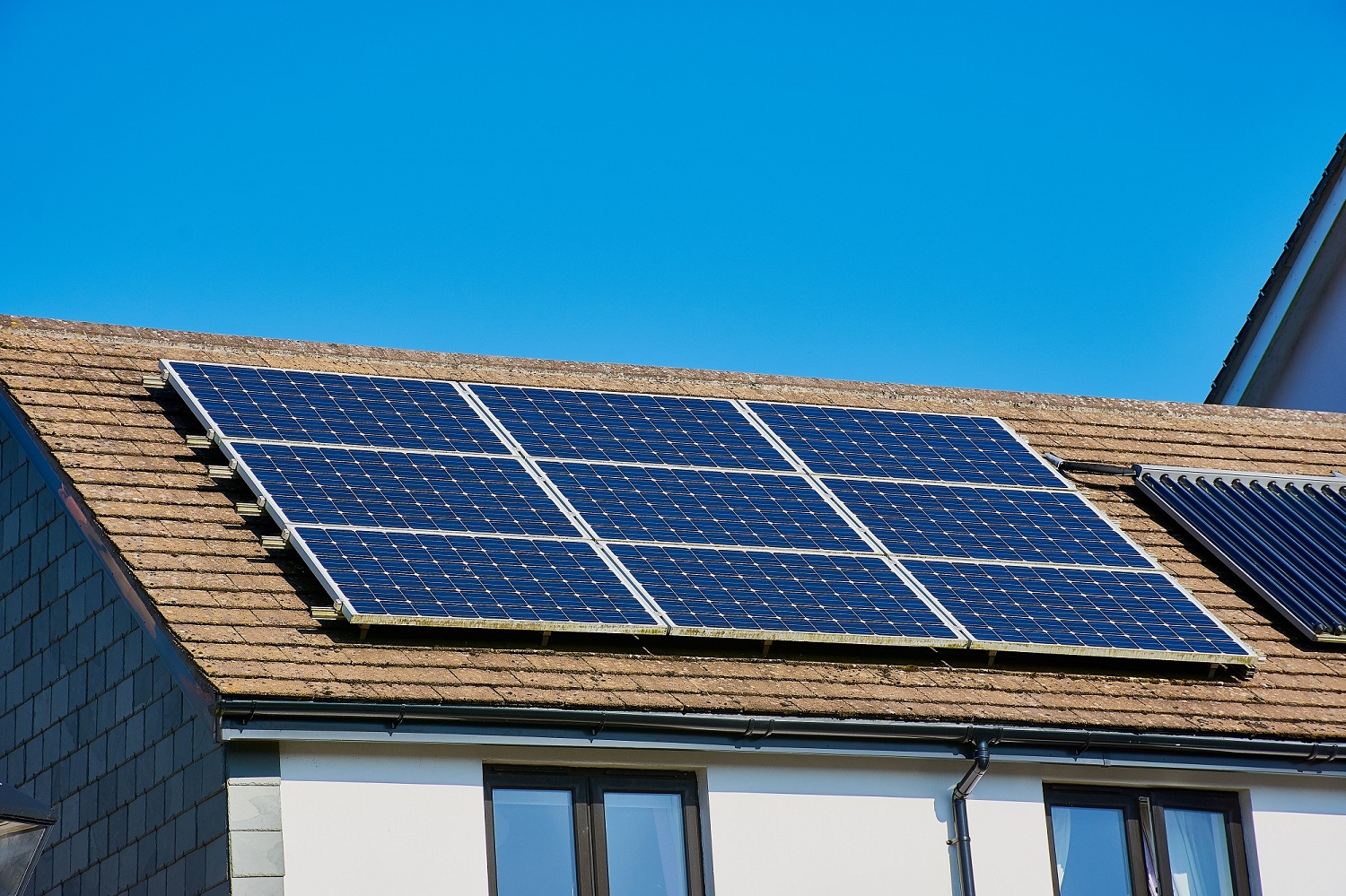The sector estimates that up to 400 megawatts will be installed this year, with a system that large firms have already signed up for.
Anyone who observes the map of solar radiation in Europe (with reddish tones in the Mediterranean arch, ocher in the center and greens in the north of the continent) would be surprised to see that precisely in countries with more hours of sunshine per year, such as Spain, the installed photovoltaic capacity barely exceeds five gigawatts (Gw), not even 5% of the total power available in the system. And yet, in Germany, where the sun does not shine precisely every day, that capacity represents a quarter, with more than 43 Gw installed.
It is precisely Germany the mirror in which the Spanish photovoltaic industry has looked in recent years to demand a regulatory development that allows the implementation of self-consumption: solar panels in homes, companies or factories to feed on the electricity that these panels generate; if they do not reach their consumption, they go to the general network; and if they have got enough, they have the possibility of pouring that surplus into the system.
That is the philosophy of self-consumption, whose expansion will involve the installation of between 300 and 400 megawatts (Mw) in Spain at the end of this year, according to the calculations of the Spanish Photovoltaic Union (UNEF). The roof of single-family houses is usually the place where they are installed. But it is also possible to do it in community buildings. And, above all, without having to pay the additional access toll that the Government eliminated a year ago, the so-called 'sun tax'.
With these views, there are many companies that have launched to sell panels, systems, additional services... Citizens are interested in an option that, on average, saves up to 45% of the cost of electricity in the bill. Of course, previous investment that, usually and in an estimated way, can be around 6,000 or 7,000 euros in Spain.
In the self-consumption plates, it is also necessary to take into account the possibility that the energy that is generated in excess can be poured into the grid, with the corresponding remuneration per megawatt / hour, depending on the conditions that the market has at any moment . In addition, there is another series of tax advantages of autonomous communities and municipalities which are being developed. On the one hand, there are tax deductions when you file the income tax. And in the case of Real Estate Tax (IBI), there are bonuses for this type of facility.
Source: HOY










